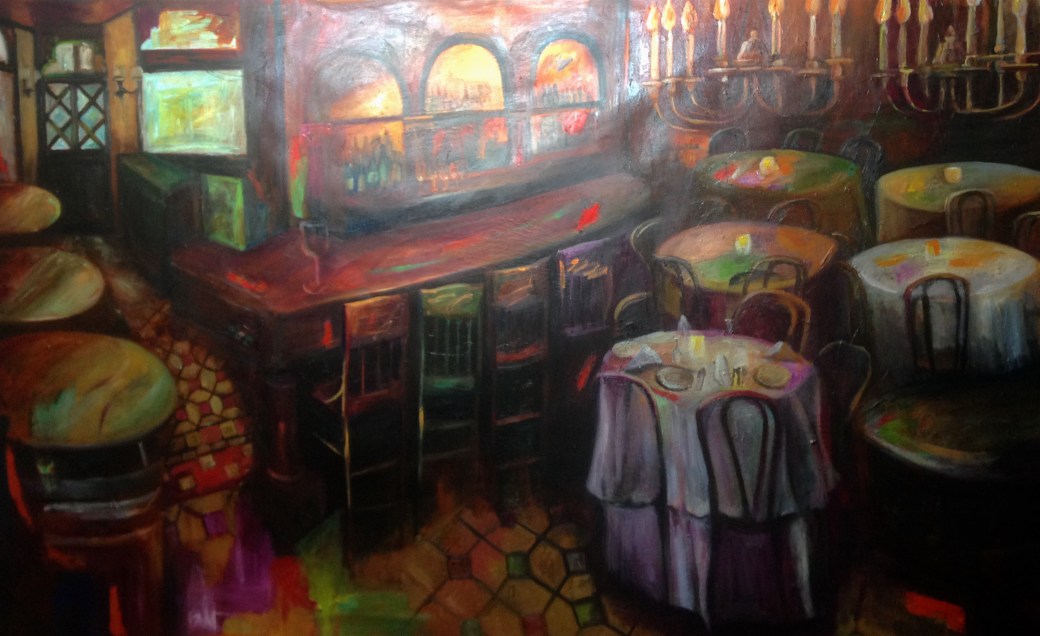
A work in progress inspired by Aimee Herman
I have been hard at work building an homage to memory and a physical space to examine emotion. It’s been perhaps more challenging and more of a heavy experience than I expected. Although, of course, I should have expected exactly that.
“I’ve been thinking a lot about life,” I tell my mom with a sigh. She says, “Of course you have. Your exhibit is called, ‘Life, Examined.’ What else would you be doing?”
I find a note from an ex-boyfriend. He wrote to me, “I wish I felt the same kind of attractions you feel. They seem overwhelming, like you have no control. I don’t think as strong as you feel things. You are a pretty powerful being. So be careful.”
It’s a delicate balance — being careful, but not living in fear, wanting to have passion, but not to be out of control with emotions. Not having a choice about being emotional, I at least want to be around people who can be open and loving and go on a courageous journey with me.
My friend Stan came to town to see the show and as usual we talked about the world’s problems and our proposed solutions. We spoke about art mostly.
One reason that I stepped back from the art scene was because of all the huge egos I kept encountering along the way. (And still encounter often). I don’t think that art should be about your ego, the self, your identity.Who you are, of course, gives you a unique perspective of the world — and if you live authentically, and openly, that will allow you to produce real and effective art. But I believe that art should be bigger than just an exploration of the self.
There was a great article about Chuck Close in the Sunday New York Times by Wil S. Hylton. The painter has also become a bit of a recluse lately.
Hylton has spent a lot of time trying to understand Close. In the article, he describes the art:
What you are seeing isn’t really there. You are no longer looking at the actual surface of the painting, but some apparition hovering above it, a numinous specter that arises in part from the engagement of your own imagination. Through the painting, Close has accessed the perceptual center of your mind, exploiting the way we process human identity: the gaps of knowledge and the unknown spaces we fill with our own presumptions, the expectations and delusions we layer upon everyone we meet.
By painting these portraits, Close is tapping into something bigger. He’s not just showing us who he is — he’s helping us understand who we are and why how we perceive and presume matters.
Hilton writes:
It seems to me now, with greater reflection, that the value of experiencing another person’s art is not merely the work itself, but the opportunity it presents to connect with the interior impulse of another. The arts occupy a vanishing space in modern life: They offer one of the last lingering places to seek out empathy for its own sake, and to the extent that an artist’s work is frustrating or difficult or awful, you could say this allows greater opportunity to try to meet it. I am not saying there is no room for discriminating taste and judgment, just that there is also, I think, this other portal through which to experience creative work and to access a different kind of beauty, which might be called communion.
“Empathy for its own sake” and “a different kind of beauty, which might be called communion” are what I’m after too — exactly what I want to create.



